12V DC Fundamentals: A Practical Guide for Automotive & Marine Applications
Mastering Voltage, Amps, Watts, and Ohms for High-Performance Systems
You're not here for abstract theory. You're here to build, upgrade, or troubleshoot a 12V electrical system that works—every time. Whether you're wiring a bank of off-road lights, upgrading a boat's navigation panel, or designing a reliable power system for a work vehicle, a solid grasp of the fundamentals is non-negotiable.
This guide cuts through the noise. We will define the four critical pillars of DC electricity and, more importantly, explain their practical impact on your project's performance, safety, and reliability. Master these, and you're in command of your system.

What Are the Four Core Electrical Concepts You Must Know?
To properly design and diagnose any circuit, you must understand these four interdependent values. We'll break down what each one is and, more importantly, how it impacts your work.
-
What it is: Voltage is the potential difference, or "electrical pressure," between two points. It is the force that drives current through a circuit.
-
How it works: Think of voltage as the baseline specification of your system. A 12V system requires 12V components. Applying 12V to a 24V component will result in underperformance; applying 24V to a 12V component will destroy it. Voltage matching is the first rule of component selection. A fully charged lead-acid battery provides approximately 12.6V of potential.

-
What it is: Current, measured in Amperes (Amps), is the rate at which electric charge flows. It is the actual "workhorse" of electricity.
-
Why it's critical: The current draw of a device dictates two non-negotiable safety factors:
-
Wire Gauge (Thickness): Insufficiently thick wire for the current draw will overheat, melt, and create a fire hazard.
-
Circuit Protection: The fuse or circuit breaker must be correctly sized to blow/trip before the wire's limit is reached. Under-spec'ing for current is the most common cause of electrical failure and fire.
-

-
What it is: Power, measured in Watts (W), is the rate at which electrical energy is converted into another form (light, heat, motion).
-
How to calculate it: The formula is simple but essential: Watts (W) = Volts (V) x Amps (A). This allows you to calculate current draw when only wattage is listed. For a 100W light bar on a 12V system, the draw is 100W / 12V = 8.33A. You would then select a fuse rated for 10A or 15A and the appropriate wire.

-
What it is: Resistance, measured in Ohms (Ω), is the opposition to the flow of current.
-
Why it's an enemy (in the wrong places): While your device (the "load") uses resistance to do work, unwanted resistance from corroded terminals, loose connections, or undersized wires is disastrous. It causes Voltage Drop (dim lights, slow motors) and generates concentrated Heat, which is a significant failure risk. Electrical troubleshooting is often a hunt for unwanted resistance.

Why is 12V the Standard for Cars and Boats?
The 12V standard wasn't arbitrary. It's a robust engineering compromise balancing safety, history, and efficiency.
-
How it started (History): The foundational lead-acid battery consists of six electrochemical cells, each producing ~2.1V. Arranged in series (6 x 2.1V), they yield a stable 12.6V output.
-
Why it's safe: 12V is classified as Extra-Low Voltage. It does not have enough potential to overcome human skin resistance, making it safe from electric shock in most conditions.
-
How it remains efficient: Power loss in a wire is calculated by P_loss = I²R. For a given power requirement, a higher voltage system can use a lower current, drastically reducing power loss. This is why heavy-duty trucks use 24V. However, for most cars and boats, 12V provides sufficient power without the need for excessively thick, expensive copper cables. It's the optimal balance point.

How Should You Apply This Knowledge? A Pre-Build Checklist
Here are the golden rules for a reliable 12V system:
-
Match Voltage: Components must match system voltage. No exceptions.
-
Respect Current: Size wires and protection for the maximum current draw. When in doubt, go one wire gauge thicker.
-
Calculate Total Power: Ensure your battery and charging system can handle the total Wattage load.
-
Eliminate Resistance: Build circuits with clean, tight, and protected connections. Resistance is failure.
You now have the foundational knowledge to design a robust electrical system. The next step is to master its protection.


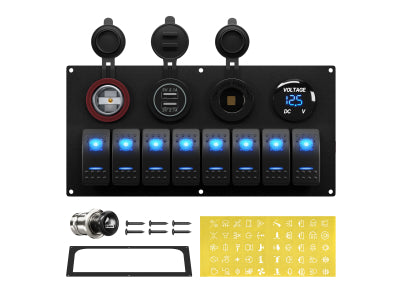
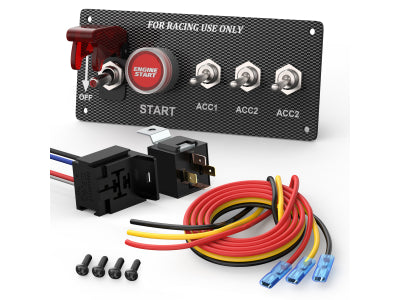
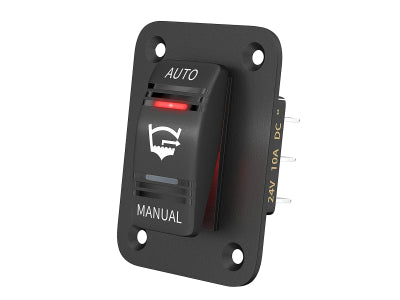


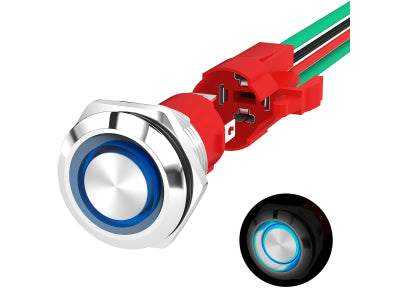
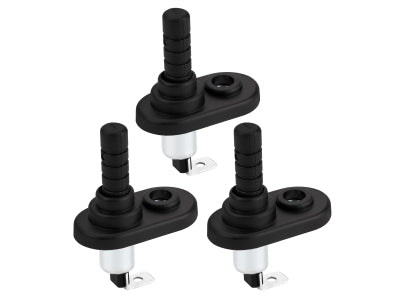

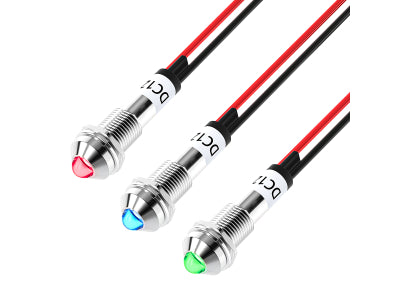
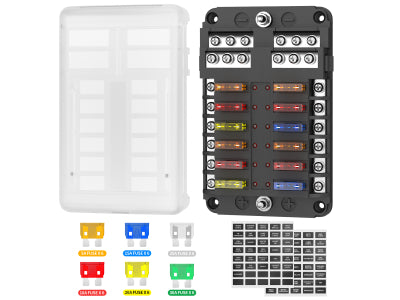
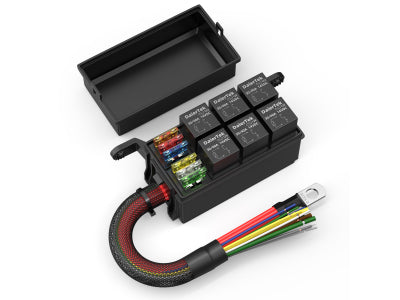
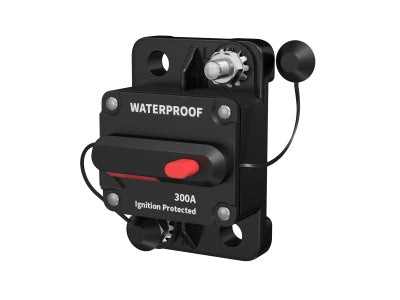
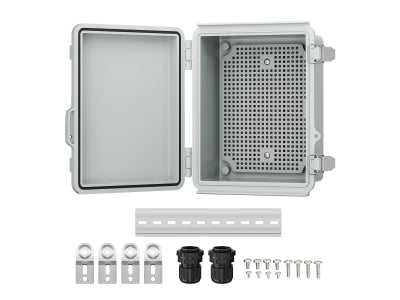
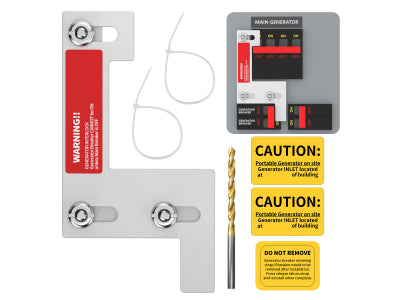
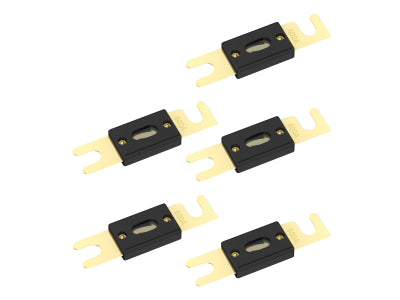
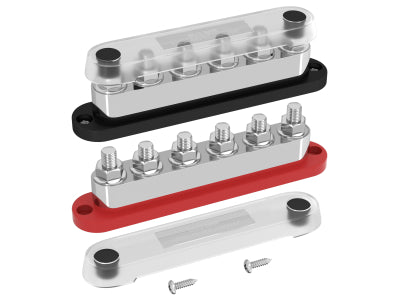
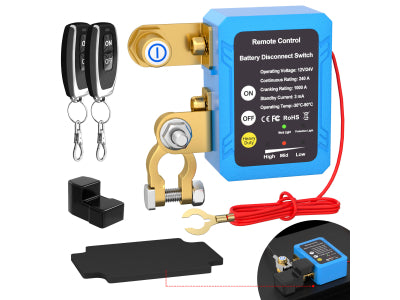
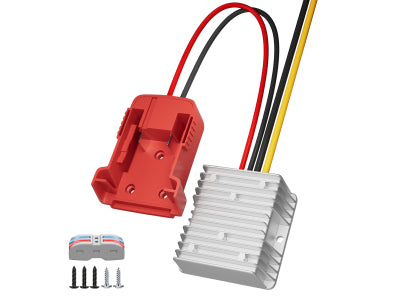
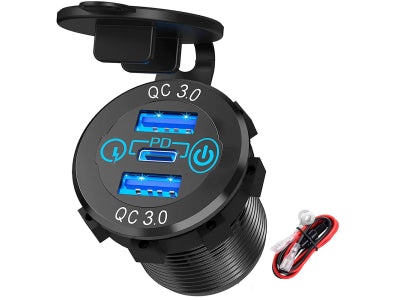

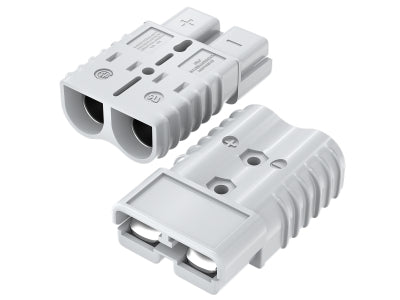

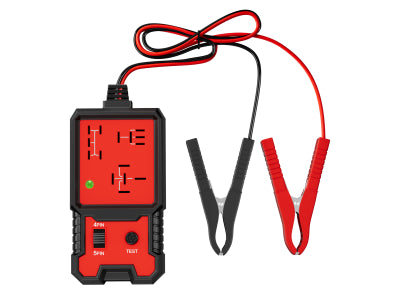
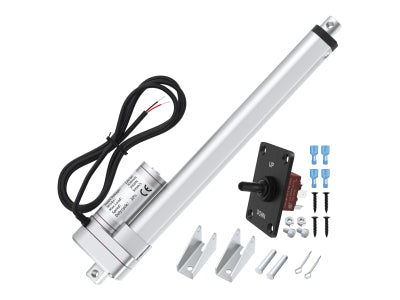
Leave a comment